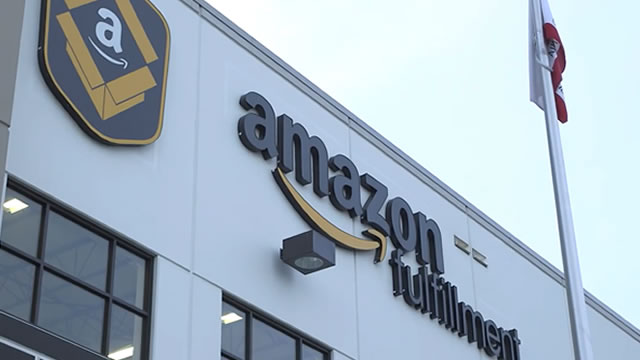Amazon Kuiper’s First Satellites: A New Player in the Satellite Internet Game
Amazon Kuiper, the satellite broadband project initiated by Amazon in 2015, is finally taking a leap into space. After six long years of development, the company has announced the launch of its first satellites, marking the beginning of its journey to challenge Elon Musk’s SpaceX Starlink in the rapidly growing satellite internet market.
A Brief Overview of Amazon Kuiper
Amazon Kuiper is a low Earth orbit (LEO) satellite constellation designed to provide global broadband coverage. The project was announced in 2015, and since then, Amazon has been working on developing the necessary technology and infrastructure. The satellites are expected to be small and lightweight, with a design life of 5 years.
Amazon Kuiper vs. Starlink: A Competitive Landscape
Amazon Kuiper is entering the market at a time when SpaceX’s Starlink is already providing satellite internet services. Starlink, which started beta testing in October 2019, has already deployed thousands of satellites in LEO and plans to reach full global coverage by 2027. By entering the market now, Amazon Kuiper is positioning itself as a strong competitor to Starlink.
Impact on Consumers
For consumers, the entry of Amazon Kuiper into the satellite internet market is expected to bring more competition and potentially lower prices. As both Amazon Kuiper and Starlink compete for market share, they may offer discounts or incentives to attract customers. Additionally, the increased competition could lead to better services and faster internet speeds.
Impact on the World
The satellite internet market is expected to have a significant impact on the world, particularly in areas where traditional internet infrastructure is lacking. With satellite internet, people in remote areas or developing countries can access the internet, enabling them to connect with the world and participate in the digital economy. Additionally, satellite internet can provide a backup option during natural disasters or power outages.
Conclusion: A Promising Future for Satellite Internet
Amazon Kuiper’s first satellites mark an important milestone in the development of satellite internet. With Starlink already in the market, Amazon Kuiper is entering a competitive landscape. However, the increased competition is expected to bring benefits to consumers in the form of lower prices and better services. Moreover, the satellite internet market has the potential to bring internet connectivity to areas where traditional infrastructure is lacking, making it a promising future for the digital world.
- Amazon Kuiper is launching its first satellites into space
- The project was initiated in 2015
- Amazon Kuiper is a LEO satellite constellation designed to provide global broadband coverage
- Amazon Kuiper is entering a competitive market dominated by SpaceX’s Starlink
- Consumers are expected to benefit from increased competition and potentially lower prices
- Satellite internet has the potential to bring connectivity to remote areas and developing countries





